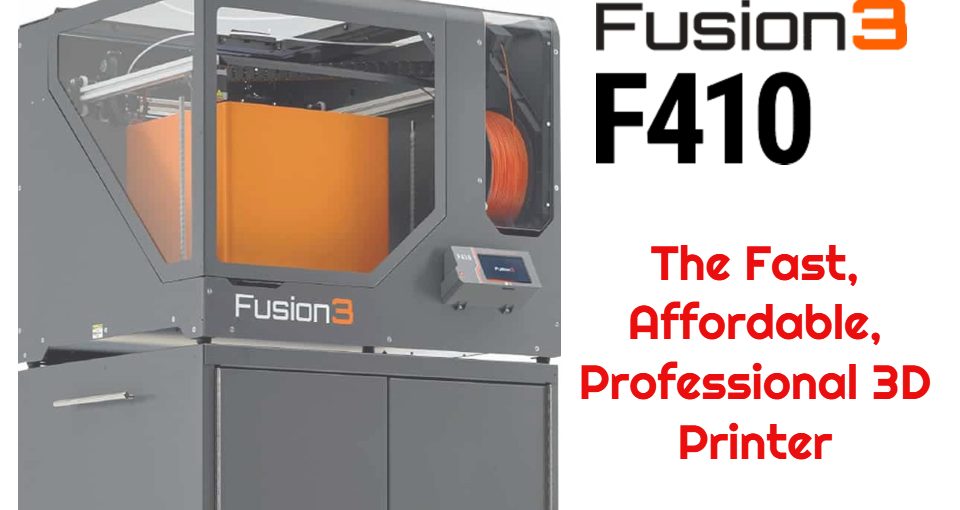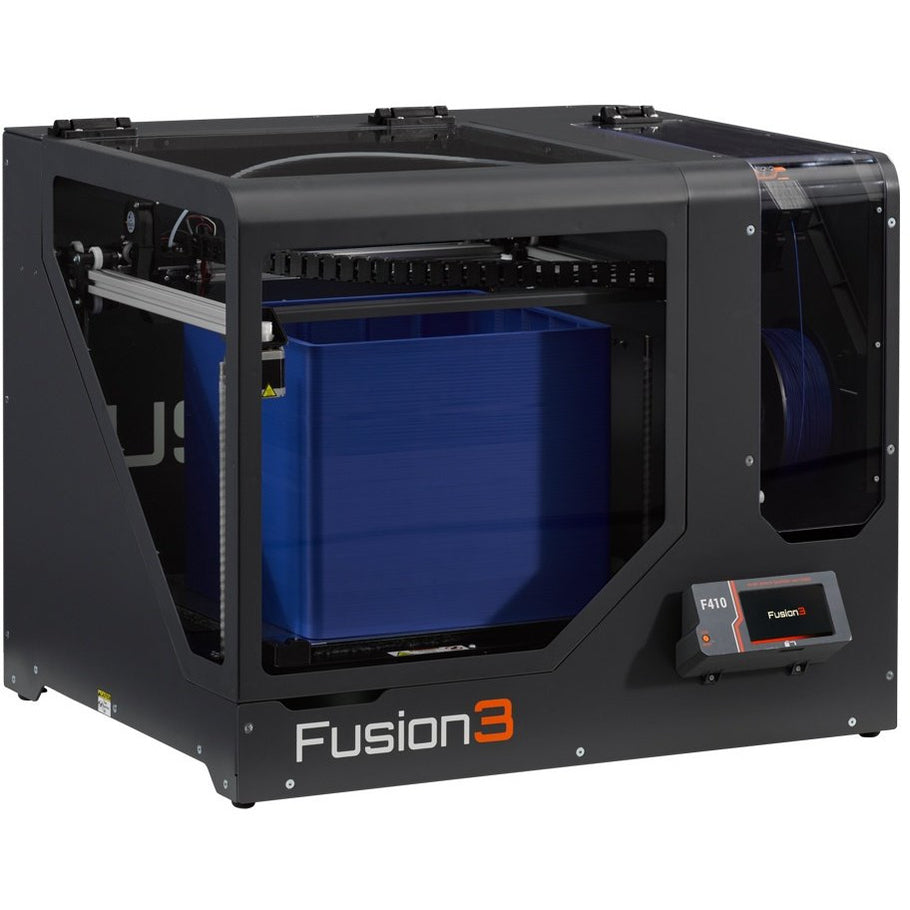
Typically, preferred software is provided by the 3D printer manufacturer or may be integrated into the printer, but there is much overlap. Additionally, there is also specialist software for correcting model errors and highlighting difficult geometries to print.

Some software comes packaged as both, while others are exclusively one or the other. While not all users need a 3D modeling software (as they can simply download CAD models from other creators), all 3D printers require slicer software, turning 3D meshes into printing instructions (think of it like the middle-man between the 3D model and the 3D printer). The former is where computer-aided design (CAD) occurs, which includes the planning of geometry, sizing, features, and other important structural components, and the latter is used to “slice” the finished CAD model into layers for the 3D printer.

There are two main categories of software that can be described as 3D printing software – 3D modeling software, and so-called slicer software. Image credit: asharkyu/ Types of 3D Printing Software This article will highlight 10 of the best 3D printing software packages available – as well as what sets each apart – to help additive manufacturers enhance their capabilities. 3D printing software comes in many forms and at radically different price points, so it can be difficult to choose the right one for your application. While the make and model of a 3D printer dictate part quality, the software it uses to execute prints is of equal importance to its success. When you purchase products through our independent recommendations, we may earn an affiliate commission.

Thomas has been connecting North American industrial buyers and suppliers for more than 120 years. Welcome to the Thomas guide to the best 3D printing software 2023.


 0 kommentar(er)
0 kommentar(er)
